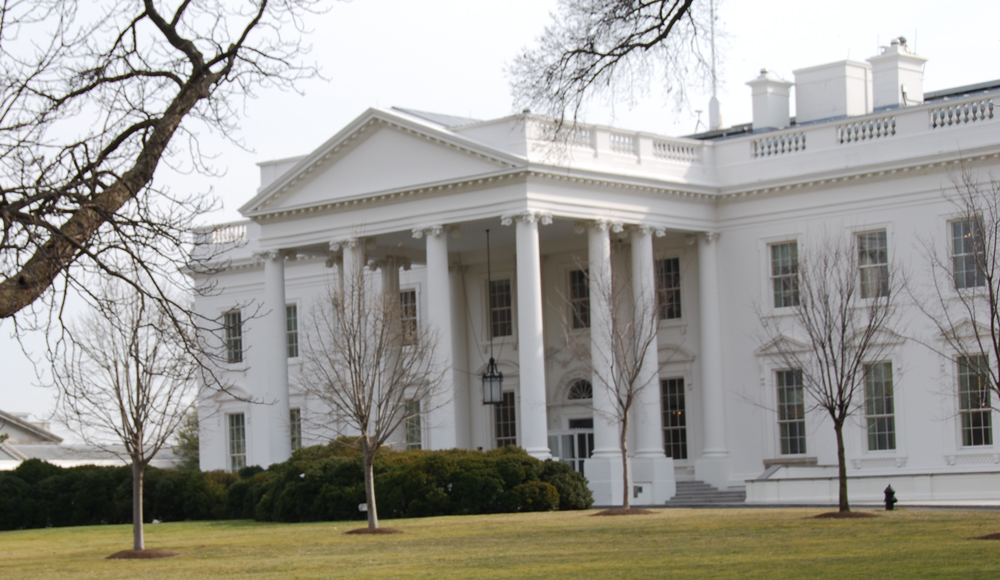The Biden Administration has acted like a deer in the headlights when it comes to the U.S.’s faltering economy. Now we know why.
A recent report by economist Steve Moore’s Committee to Unleash Prosperity revealed that the top Biden Administration officials charged with economic policy, including Treasury Secretary Janet Yellen and other White House special assistants (68 top executive-branch officials in all) have less than 2 ½ years of experience in the private sector.
The “average business experience of Biden appointees is only 2.4 years,” and 62 percent have “virtually no business experience,” according to the report. Contrast this with the average Donald Trump cabinet official who had 13 years of experience in the private sector. The Biden economic team is dominated by careers in law (20), politics and government (21), and academia or policymaking (12) – only five have business experience, mostly in venture capital.
An editorial in the Wall Street Journal said that “it’s fair to wonder if the Biden policies and their results reflect a lack of even a basic understanding of how business works. One example is the Labor Department’s quest to classify millions of contractors as employees, despite evidence that many workers prefer independent status.” The policy proposal is a copycat of California’s AB 5, which turned many of the state’s independent contractors into company employees, even though they would rather be their own boss. The state’s truckers, gig drivers, and others have been fighting AB 5 ever since it become law.
If the President’s team sorely lacks private sector experience, they’re managing their payroll like a dot.com boom company of the late 90s. A recent Open the Books transparency report showed that Pres. Biden’s White House’s spending in the first year toped both Presidents Trump and Obama: $49.6 million compared to Donald Trump’s $39.5 million and Barack Obama’s $49.4 million (both figures are inflation adjusted). Biden’s spending is in line with his higher staff levels: 560 staffers in his first year compared to Trump’s 377 and Obama’s 487.
Biden’s White House salary costs will likely continue to outpace his predecessors, concludes the study. The projected four-year costs of the Biden payroll top $200 million, compared to the 2017-2020 Trump administration’s $152 million (inflation adjusted to $163 million), the 2013-2016 Obama administration’s $155.6 million ($178.2 million), and the 2009- 2012 Obama administration’s $153 million (inflation adjusted to $187 million). There are 183 more people employed in Biden’s White House. And it hasn’t stopped there — Biden has named at least 21 czars to date, with plans to fill 55 positions.
I joined the Reagan White House in 1985 just after I finished my undergraduate degree with a starting salary of $25,000. Over the years we would receive miniscule raises. During the course of the second term, my quality of life began to fall. I first lived in a tiny studio, then decided to get a roommate to cut costs, soon after my parents began to subsidize me. Years later, two former colleagues and I commiserated about those years. One said that by the end of the Administration he was down to two suits, and the other said he barely had any money in the bank, with a wife and young child to support.
For many of us, the White House years were lean years. That’s not the case anymore.
Rowena Itchon is senior vice president of the Pacific Research Institute.

